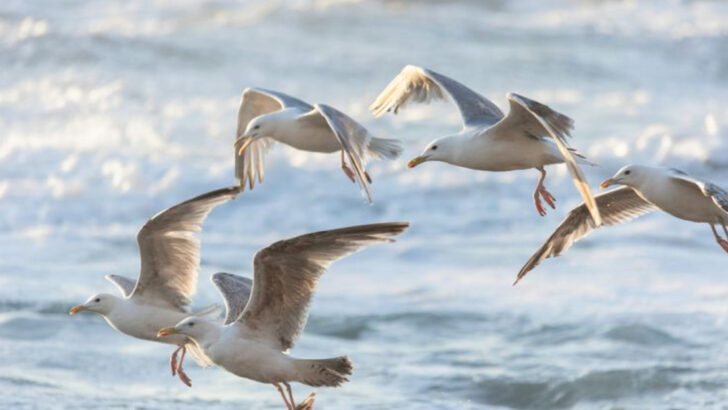Seagulls are often seen as the quintessential beach birds, but there’s much more to these feathered creatures than meets the eye.
These birds exhibit intriguing behaviors, fascinating adaptations, and diverse characteristics that make them stand out.
From intelligent foraging techniques to unique communication skills, seagulls have managed to captivate the attention of bird enthusiasts and casual observers alike.
In this blog post, we will explore eleven cool facts about seagulls that demonstrate their unique abilities and traits.
These facts will certainly change the way you perceive these seemingly ordinary birds.
Seagulls Use Tools

Seagulls are known for their clever use of tools, an uncommon trait among birds. For instance, some seagulls have been observed using pieces of bread to lure fish to the surface, making them easier to catch. This behavior highlights their impressive problem-solving skills and adaptability to various environments.
It’s fascinating to consider how these birds have developed such techniques to ensure their survival. By utilizing available resources in their surroundings, seagulls demonstrate a kind of intelligence not often seen in other avian species.
Their creativity in foraging showcases their ability to thrive in diverse habitats.
Seagulls Communicate with Complex Calls
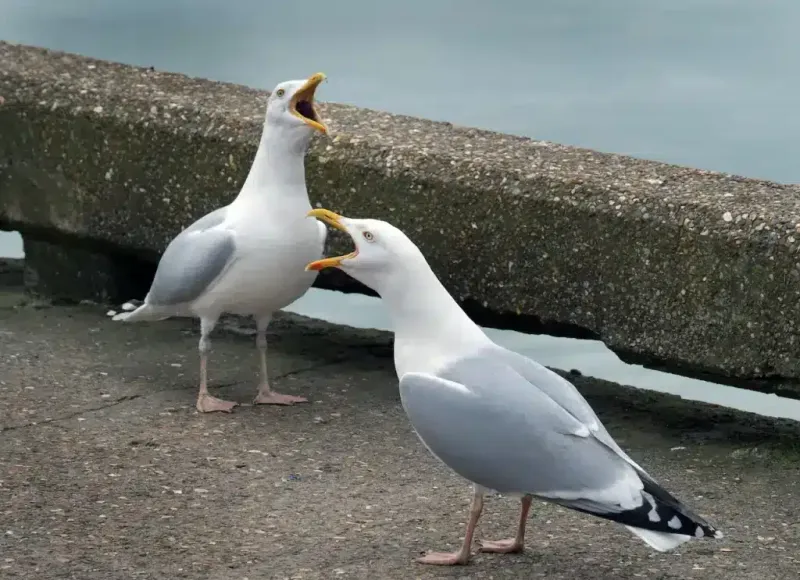
Communication is key for seagulls, who utilize a range of calls to convey messages. Whether warning others of danger or coordinating group activities, their vocalizations are sophisticated and varied. Each call has its distinct purpose and meaning.
The complexity of seagull communication is a testament to their social nature and their need to work collaboratively within groups. This intricate system of vocal exchange allows them to thrive in bustling coastal environments.
Studying their calls gives insight into the social dynamics and hierarchies present within seagull communities.
Seagulls Exhibit Playful Behavior
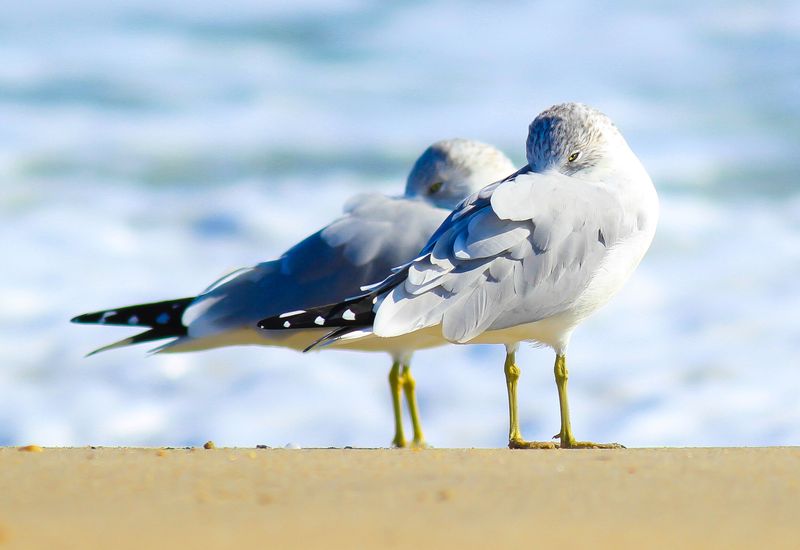
Did you know that seagulls enjoy a bit of fun? These birds are often seen engaging in playful activities, such as dropping objects mid-air and catching them again. Such behaviors are not only entertaining but also contribute to their learning and social interactions.
Play is seen as a vital part of a seagull’s life, providing mental stimulation and strengthening social bonds. Observing these antics can offer a glimpse into their lively personalities.
This playful side of seagulls challenges the perception of them as merely scavengers and highlights their more endearing qualities.
Seagulls Are Skilled Navigators
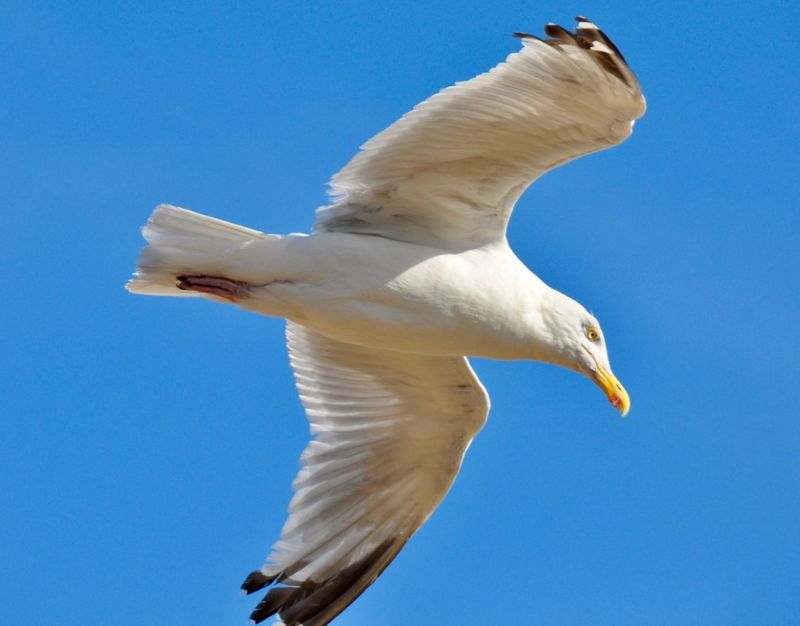
Seagulls are remarkable navigators, employing their keen sense of direction to traverse vast distances over the ocean. Their ability to find their way back to specific locations is a marvel of nature.
Scientists believe seagulls use a combination of visual landmarks, the Earth’s magnetic field, and possibly even the position of the sun to navigate. This innate skill allows them to migrate and forage effectively.
Their navigation prowess is an essential aspect of their survival, enabling them to thrive in various coastal ecosystems around the world.
Seagulls Have Unique Feeding Techniques
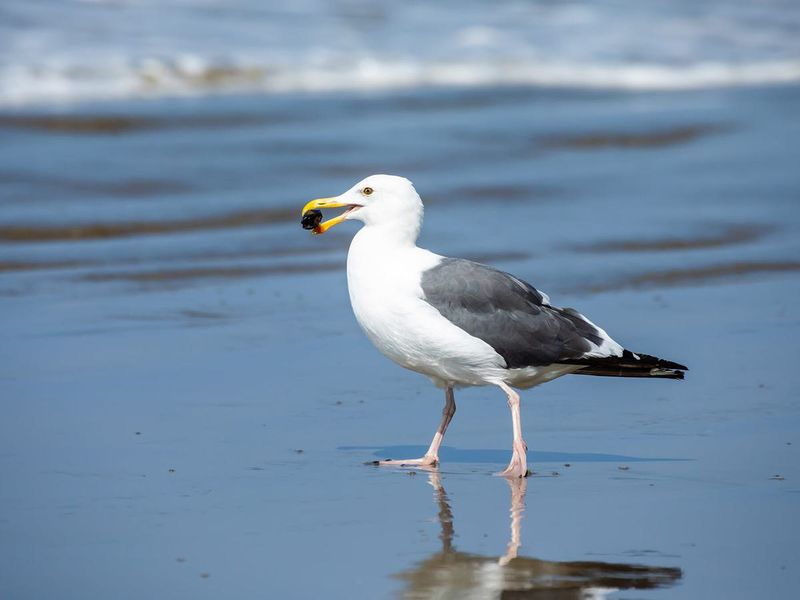
Seagulls are opportunistic feeders with an array of unique techniques for acquiring food. Some are known to drop shellfish from great heights to crack them open, while others may follow plows in fields to catch freshly unearthed insects.
These innovative strategies reveal their adaptability and resourcefulness in securing sustenance. Rather than relying on a single food source, seagulls exploit different opportunities presented by their environment.
Their diverse feeding habits not only demonstrate their versatility but also highlight their role in various ecosystems, contributing to ecological balance.
Seagulls Exhibit Monogamous Relationships

In the world of seagulls, love is more than just a fleeting affair. Many species of seagulls form monogamous pairs, often staying together for life. This commitment extends beyond mating, as both parents play active roles in raising their young.
Their strong pair bonds are crucial for the survival of their offspring, ensuring that both partners invest time and effort in nurturing the next generation. This cooperative parenting style is a heartwarming aspect of their natural behavior.
Observing these lifelong partnerships offers insights into the emotional depth and social complexity of seagulls.
Seagulls Are Adaptable to Urban Environments
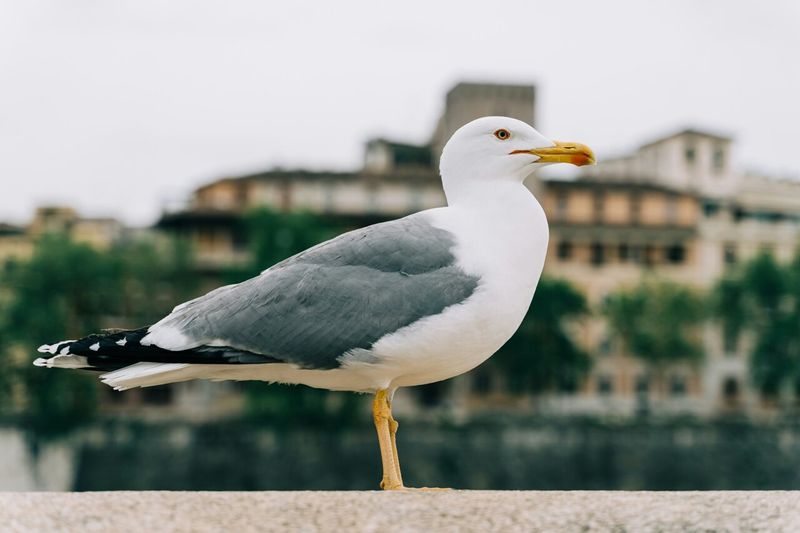
Seagulls have shown remarkable adaptability in thriving within urban environments. Frequently seen perching on rooftops or scavenging in city streets, they make the most of human-altered landscapes.
Their ability to live alongside humans is a testament to their resourcefulness. Urban areas provide an abundance of food sources and nesting sites, allowing seagulls to exploit these opportunities.
This adaptability reflects their resilience and willingness to explore new habitats, where they continue to flourish in the face of changing environmental conditions.
Seagulls Are Protective Parents
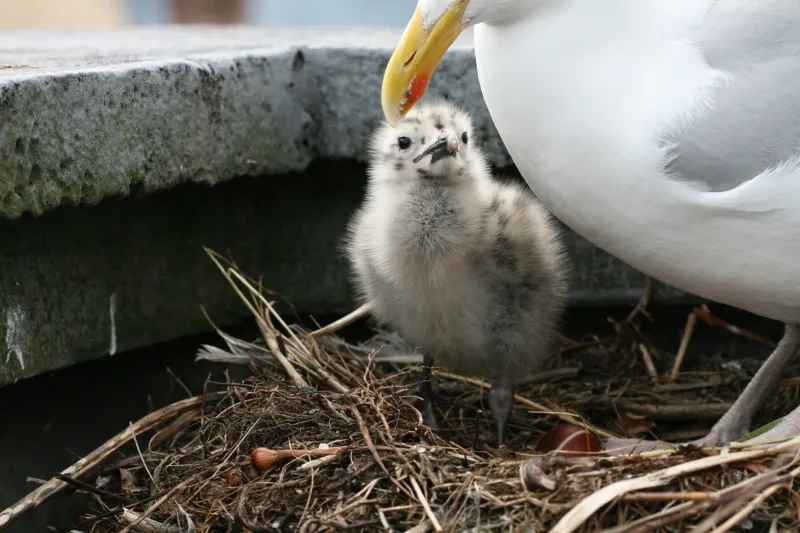
Seagulls exhibit strong parental instincts, often displaying fierce protective behavior when it comes to their young. They are known to aggressively defend their nests and chicks from potential threats.
This protective nature ensures the safety and survival of their offspring, as they employ various tactics to deter predators. Their vigilance and dedication to their young are vital for the continuation of their species.
Witnessing such protective behavior offers a glimpse into the instinctual roles that seagulls play in nurturing the next generation.
Seagulls Have Distinctive Flight Patterns
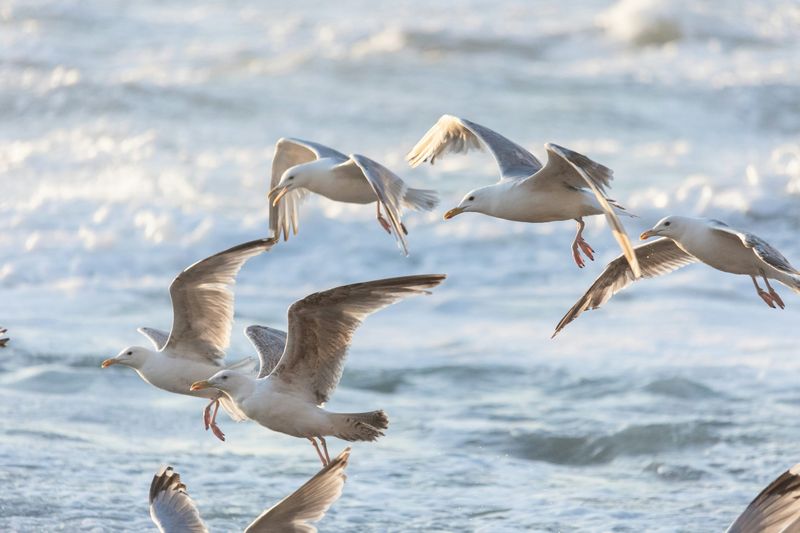
The graceful flight of seagulls is not only a spectacle to behold but also serves practical purposes. Their distinctive flight patterns, characterized by gliding and soaring, allow them to conserve energy while covering long distances.
These flight techniques are adapted to their coastal habitats, where wind currents aid in their effortless movement. Watching a seagull maneuver through the air is a visual testament to their mastery of flight.
Their aerodynamic prowess highlights the natural elegance and efficiency with which they navigate their environment.
Seagulls Display Altruistic Behavior
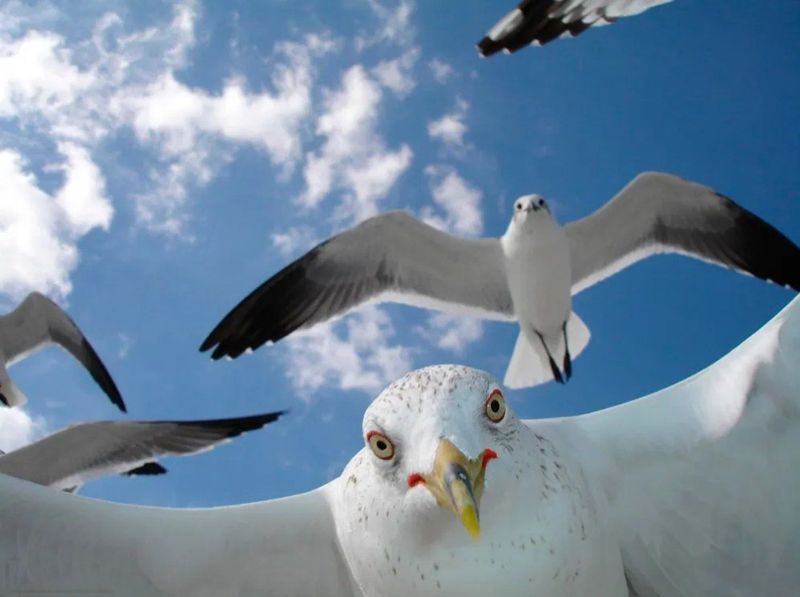
Altruism isn’t just a human trait; seagulls have been observed displaying helpful behavior towards one another. Whether sharing food or warning others of danger, their actions show a sense of community.
This behavior strengthens social bonds and contributes to the overall success of their colonies. By working together, seagulls enhance their chances of survival and create a supportive social structure.
Observing such altruistic actions reveals the underlying complexity of seagull societies and their capacity for empathetic interactions.
Seagulls Are Recognized Worldwide
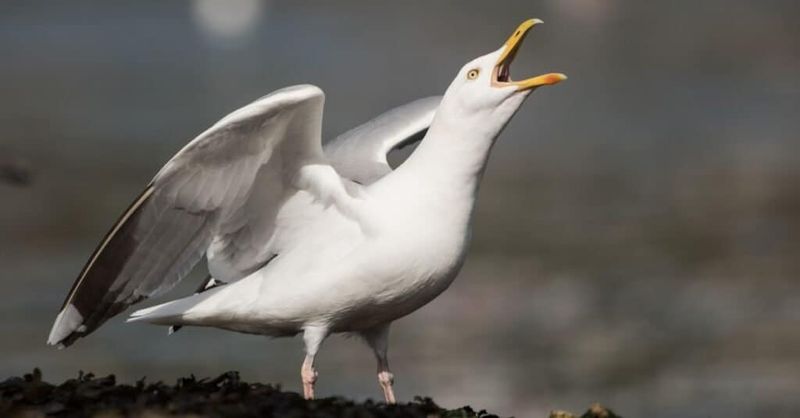
Seagulls are a globally recognized and celebrated species, found on every continent except Antarctica. Their presence in various cultures and folklore highlights their universal appeal.
As symbols of freedom and adaptability, seagulls have captured the imagination of people worldwide. Their diverse appearances and behaviors reflect the wide range of environments in which they thrive.
The global recognition of seagulls underscores their importance in ecological systems and their enduring influence on human culture.

